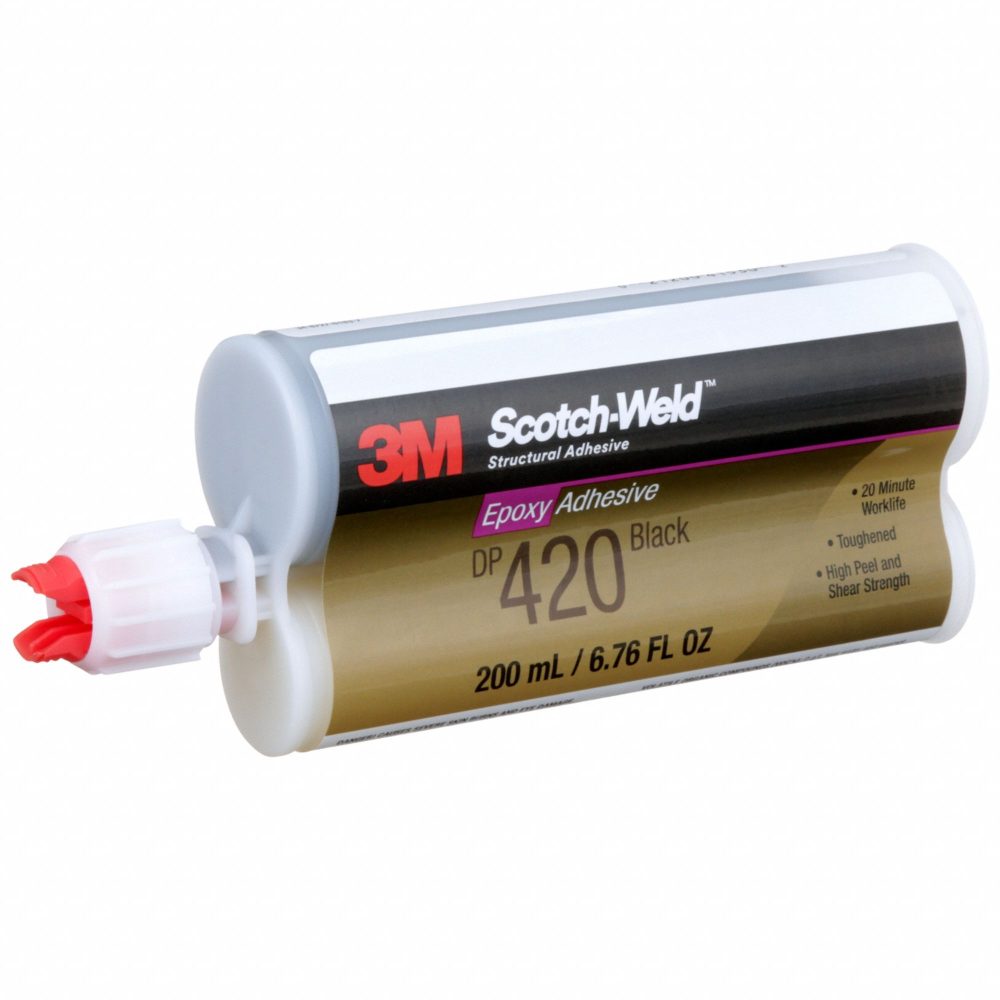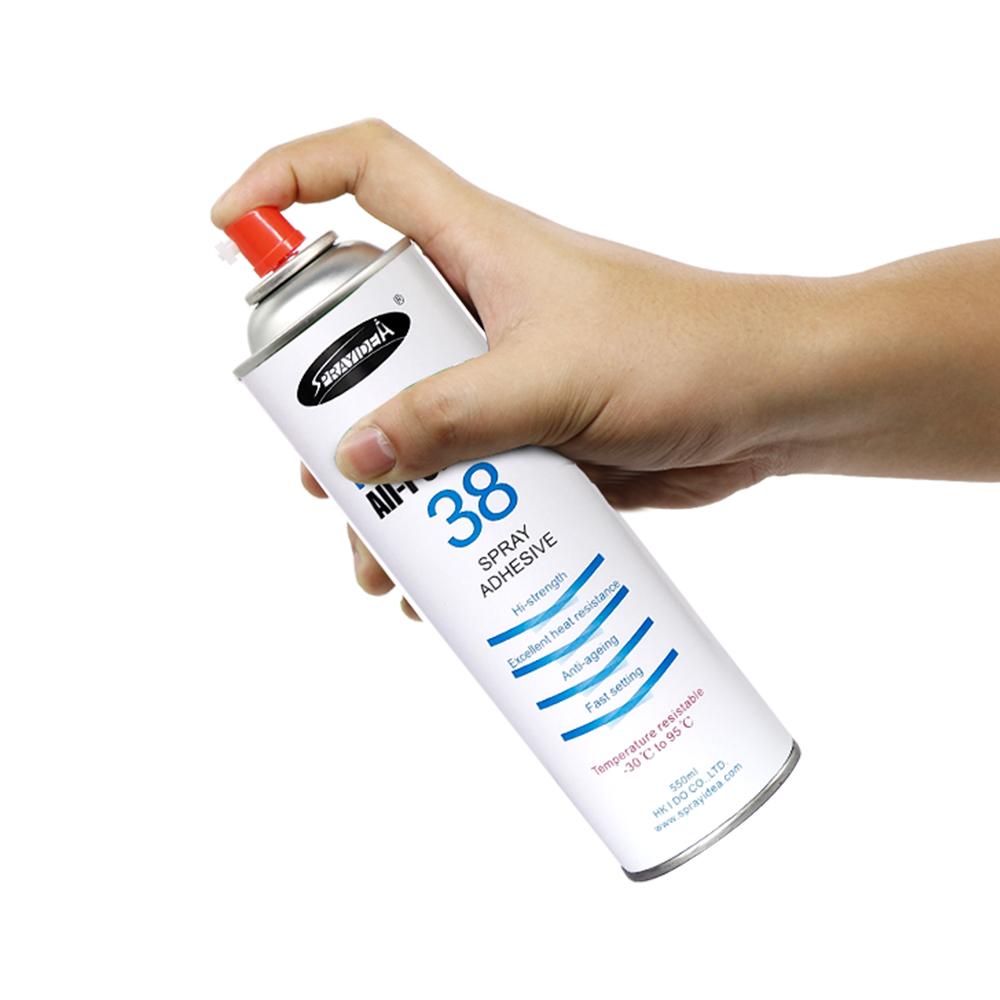The Adhesive Definition
Do you know the adhesive definition?Adhesives are substances that bind materials together through surface attachment. This bond resists separation. The term ‘adhesive’ covers various materials like cement, glue, mucilage, and paste. These substances can be natural or synthetic in origin. They play a critical role in multiple applications across different industries.
Types of Adhesives Based on Origin
According to the adhesive definition.It can be divided into two main categories based on their origin: natural and synthetic. Natural adhesives are derived from biological sources like plants and animals. Examples include protein-derived glues from fish or mammals and plant-based adhesives like starch from potatoes or wheat. Synthetic adhesives, developed through chemical synthesis, include popular types like epoxies and silicone adhesives. These are engineered to meet specific bonding requirements and often offer stronger bonds and durability compared to natural adhesives.
The Fundamental Principle of Adhesion
Adhesive definition is the molecular force of attraction between different substances. This force ensures that adhesives bind effectively to the surfaces they contact. The effectiveness of adhesion depends on the chemical nature of the adhesive and the material it binds to. Achieving a strong bond also involves processes such as surface cleaning and the application of pressure or heat to cure the adhesive, ensuring lasting durability.

Historical Perspective of Adhesive Development
Ancient and Medieval Uses of Adhesives
Adhesives date back to ancient times. Egyptian carvings, 3,300 years old, show veneer glued to sycamore. Early nonwoven fabrics, like papyrus, used flour paste. Ancient sealants included bitumen, tree pitches, and beeswax. Medieval manuscripts had gold leaf bonded with egg white. Wood items used fish, horn, and cheese glues. The 18th century improved animal and fish glue methods.
Advances in Adhesive Technology in the 20th Century
The last century saw drastic changes in adhesive technology. Natural adhesives evolved and synthetics emerged. Aircraft and aerospace needs pushed this growth. High-performance adhesives from this era now serve various industrial and domestic purposes. With these advances, adhesives have gained structural strength and resistance to fatigue and harsh conditions.
Natural Adhesives: Types and Applications
Natural adhesives have been fundamental since ancient times. They come from animals or plants and still hold significant applications today. We explore types of natural adhesives.
Animal-Based Adhesives
Animal-based adhesives mainly come from proteins in animal parts. Gelatin, extracted from collagen, has uses in food and photography. Animal glue, another example, finds use in woodworking and book binding. Though synthetic adhesives replace many animal glues, they still provide strong initial tack and specific uses.
Vegetable-Based Adhesives: Starch and Dextrin
Starch and dextrin are key players in plant-based adhesives. They come from plants like corn and potatoes. Their main use is in products requiring water-soluble adhesives, like corrugated boards and wallpaper. These adhesives are well-known for ease of application and eco-friendliness.
Specialty Natural Adhesives: Casein and Albumen
Casein, derived from milk, becomes a powerful adhesive when mixed with an alkaline substance. It performs exceptionally in wood bonding due to moisture resistance. Albumen, extracted from blood, is crucial in the plywood industry. Both casein and albumen contribute to environmentally friendly adhesive options with their natural origin and effective bonding properties.

Synthetic Adhesives
The world of adhesives is not limited to natural sources. Synthetic adhesives have reshaped industries with their strength and versatility. Developed through chemical processes, these adhesives bond materials in ways natural glues cannot.
Development and Industrial Impact
In the 20th century, synthetic adhesive development marked a turning point. These adhesives quickly became essential in manufacturing and construction. They offer durability and strength that withstand harsh conditions. Their impact on industries like automotive and electronics has been significant. These sectors now rely on synthetic resins for high-quality bonding.
Epoxy Resins and Cyanoacrylates
Epoxy resins are known for their robustness and resistance to wear. They are widely used in heavy-duty applications, from aircraft to marine structures. Cyanoacrylates, often called super glues, bond quickly and firmly. They are the go-to for small-scale repairs and crafts due to their fast-acting nature.
Thermoplastic Elastomers
Thermoplastic elastomers are unique in their ability to soften with heat and harden when cooled. This property makes them reusable and ideal for applications requiring flexibility. Used in coatings, sealants, and adhesives, they serve a broad range of purposes. Manufacturers value them for their adaptability and strength.
Adhesion Mechanisms and Theories
Understanding why adhesives stick is key to using them right. This understanding comes from various adhesion mechanisms and theories.
Adsorption Theory
Adsorption theory is at the heart of how adhesives work. It says materials stick because their molecules come into close contact. This contact lets them bond through intermolecular forces. These forces could be like a hand shake at the molecular level. They’re strong enough to keep the bonded materials together.
Other Mechanisms: Mechanical Interlocking and Chemical Reactions
Apart from adsorption, other mechanisms also play a role. Mechanical interlocking is like when you lace your fingers together. It happens when adhesive fills into surface cracks or wraps around bumps. This creates physical bonds that are hard to break. Chemical reactions bring another layer of strength. Here, adhesives form chemical bonds with the materials. This bond is more like welding than sticking. Both interlocking and chemical reactions contribute to a sturdy and lasting bond.

Testing and Performance of Adhesives
When choosing adhesives for any application, understanding their strength and durability is critical. Assessing these characteristics requires specific testing methods. These tests ensure the chosen adhesives will perform as needed for their intended use. Let’s discuss the types of evaluations used in the industry.
Types of Tests for Evaluating Adhesive Strength
Various tests measure the bond strength of adhesives. Peel, tensile lap shear, cleavage, and fatigue tests are common. They simulate real-world stress and strain on adhesive bonds. Peel tests assess the force needed to separate two bonded surfaces. Tensile lap shear tests apply tension to a bonded joint until it breaks. Cleavage tests focus on the force needed to split the bond through a sharp edge. Lastly, fatigue tests check how an adhesive holds up under repeated stress.
Environmental and Durability Considerations in Adhesive Performance
Adhesives must often endure harsh conditions. These include temperature changes, moisture, and chemicals. For long-lasting bonds, adhesives need to resist these environmental challenges. Durability tests expose adhesives to such conditions to see how they hold up over time. They help predict the adhesive’s lifespan in its final application. Manufacturers depend on these tests to ensure their products meet quality and safety standards.
Conclusion
Discover the comprehensive world of adhesives through our detailed exploration of adhesive definition, types, properties, and applications. In this article, we provide a clear and concise definition of adhesives, explaining how they function to bond different surfaces. Learn about the various types of adhesives, including natural and synthetic options, pressure-sensitive adhesives, and reactive adhesives, each with unique characteristics that cater to different needs.
We also delve into the essential properties that define effective adhesives, such as viscosity, setting time, temperature resistance, and bond strength. You’ll find insights into the many applications of adhesives across several sectors, including construction, manufacturing, DIY projects, and medical fields.
Understanding the right adhesive for a specific task can be challenging, but our guide provides helpful tips for choosing the appropriate adhesive based on material types, required bond strength, and environmental factors.
Join us in expanding your knowledge about adhesives and their significant role in our daily lives. Whether you’re a DIY enthusiast, a student, or a professional in manufacturing, this article serves as your ultimate resource for understanding adhesives, ensuring you select the right type for every project. Don’t miss out on the essential information that could enhance your bonding tasks!





